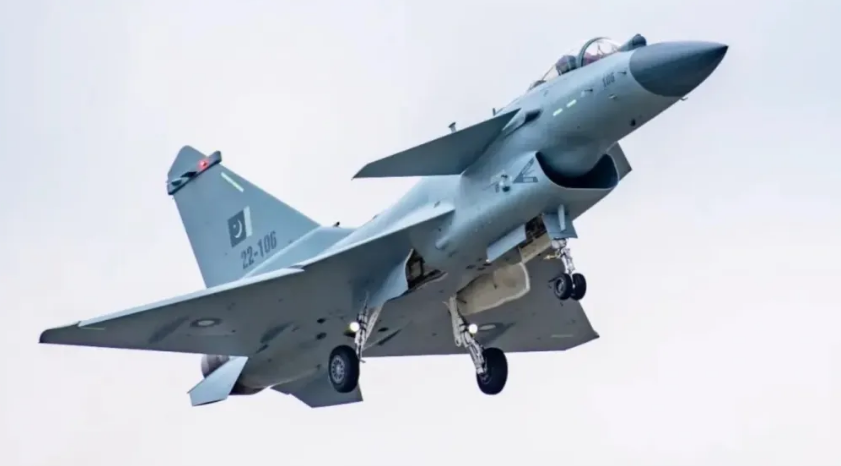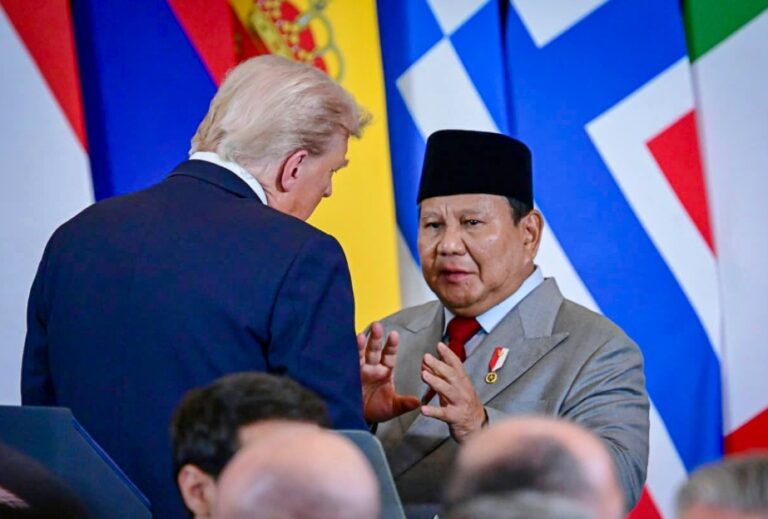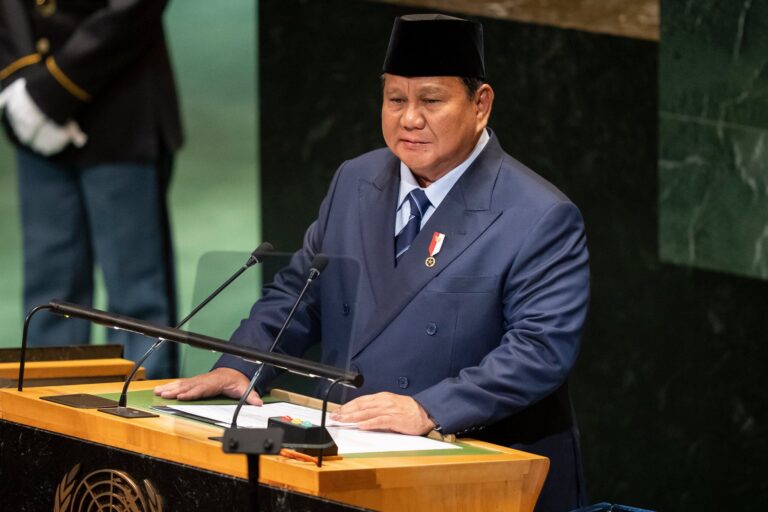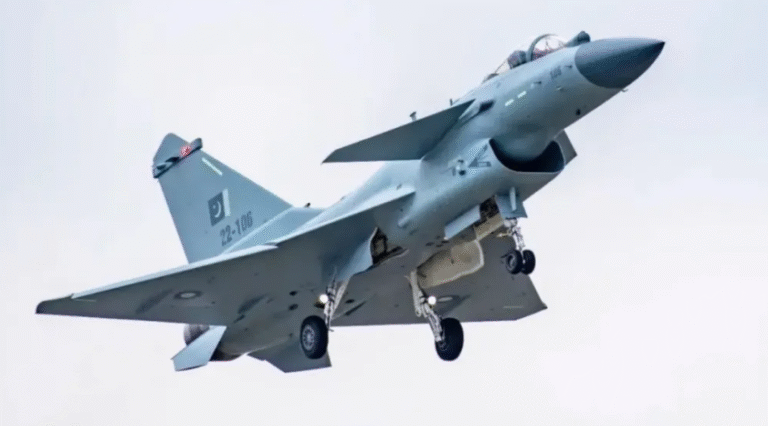
Indonesia’s plan to acquire Chinese-made J-10C fighter jets has reignited debate over how far Jakarta can stretch its “free and active” foreign policy. The move promises a faster path to air force modernization, yet it also deepens links with Beijing while maritime tensions in the North Natuna Sea persist.
The military says the purchase will not affect ties with other partners, including the United States. Officials insist Indonesia keeps balanced relations with all defense allies. Behind the diplomacy sits a structural dilemma: every major platform binds its owner to the seller’s training, software, and spares. Once those pipelines run chiefly through China, choices narrow.
The strategic logic behind J-10C fighter jets
Defense Minister Sjafrie Sjamsoeddin hinted that the aircraft may arrive soon, though the Air Force continues to assess their suitability. The J-10C fighter jets, developed by Chengdu Aircraft Corporation, are pitched as a capable, cost-efficient bridge for an aging fleet. Advanced radar, beyond-visual-range missiles, and an attractive sticker price make a persuasive case. Those are genuine advantages. But the lifetime bill matters more than the showroom price. Keeping the jets mission-ready would tie Indonesia to Chinese maintenance hubs, simulators, and updates for decades.
This picture mirrors another arena where dependency already bites. In our earlier reporting on mining permit suspensions, we noted China’s leverage through smelter control and technology “know-how.” Indonesia feeds global nickel demand, yet critical processing sits in Chinese hands. Defence kit can create the same dynamic: operational know-how and digital back-ends become levers of influence when disagreements arise.
The geopolitical trade-off
Choosing Chinese hardware can complicate interoperability with partners that fly Western systems. Data links, electronic warfare libraries, and mission planning tools are rarely plug-and-play across blocs. Even symbolism matters. Jakarta asserts it has no overlapping claims with China, but patrols around the Natuna Islands continue to face Chinese presence. Depending on Beijing for jets while pushing back at sea invites mixed signals and potential pressure during crises.
There is also the procurement reality. Mixed fleets add cost and complexity. Pilots, ground crew, and logisticians must master parallel ecosystems. If budgets tighten, whichever pipeline is politically riskier is the first to be starved. That can translate into quiet constraints on policy at the very moment firmness is required.
Between modernization and autonomy
Indonesia needs modern fighters, and diversification has value. Yet modernization should expand freedom of action. The J-10C fighter jets might strengthen the order of battle, but they could also import the kind of leverage Indonesia already experiences in minerals. The prudent test is simple: will Indonesia be able to act, independently and quickly, if Beijing’s behavior near Natuna hardens? If the answer is uncertain, the price is higher than it looks.




